The New Shape of Water: Adapting to Climate Change
Words by Tony Whitehead
Published 09-01-22
Submitted by WSP
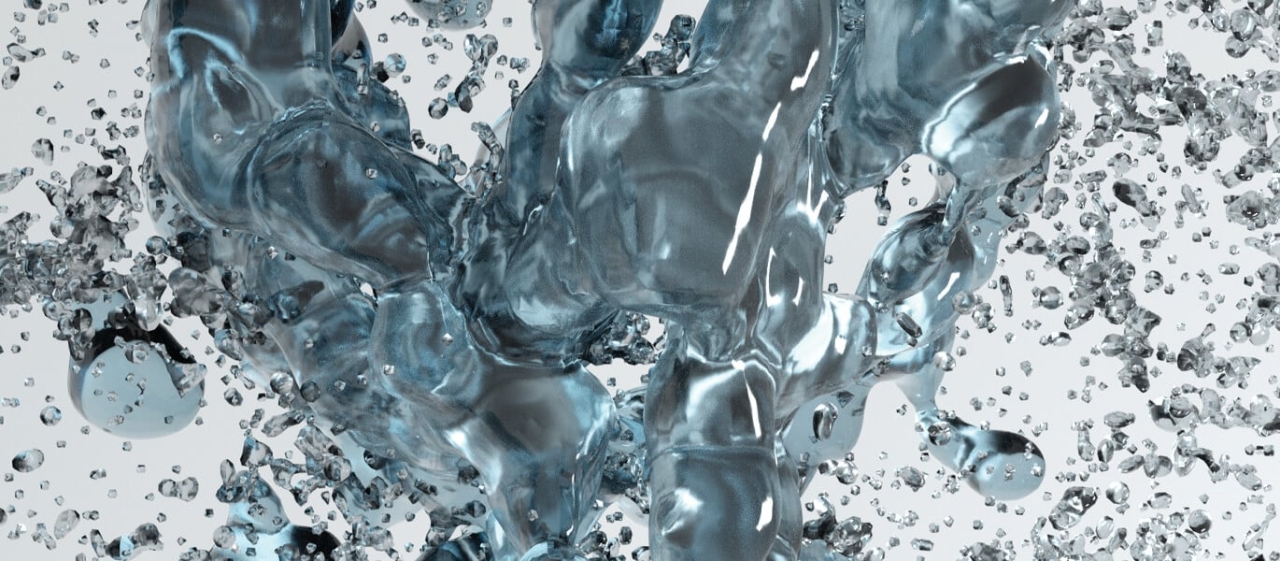
Climate change is altering rainfall patterns, and making both floods and drought more frequent and more extreme. To survive and thrive in the 21st century, we need to rethink our relationship with water and the way we manage this most precious of resources
One billion tonnes of rain falls to earth every minute — some 500,000 cubic kilometres of water annually. If this fell evenly, it would cover the globe to a depth of 1m every year.
But of course, rain does not fall evenly. It is irregularly distributed to say the least, both geographically and over time. In the wettest place in the world, Meghalaya state in north-east India, annual rainfall can top 12m. But while 8-10m is not unusual in the tropics, desert regions routinely receive less than 1cm in a year. Parts of the Atacama Desert in South America are thought not to have seen rain for at least 500 years.
So since the earliest times it has been the job of hydrologists and water engineers to wrestle with rainfall’s extremes and inconsistency, to mitigate the effects of drought and flood, to secure a reliable supply of clean water, and to organize the safe removal of waste.
Their work is not getting any easier. A fast-growing global population demands more and more water for domestic use, and burgeoning cities are drawing increasing amounts of water from their surroundings. Under pressure to feed more people, agriculture needs more water for irrigation, while industry too consumes more water than ever. Often these sectors are already competing for a limited supply, and they are coming up against the challenge of global warming too. Rainfall is becoming even more inconsistent and unpredictable, with both mega-droughts and mega-floods becoming more frequent.
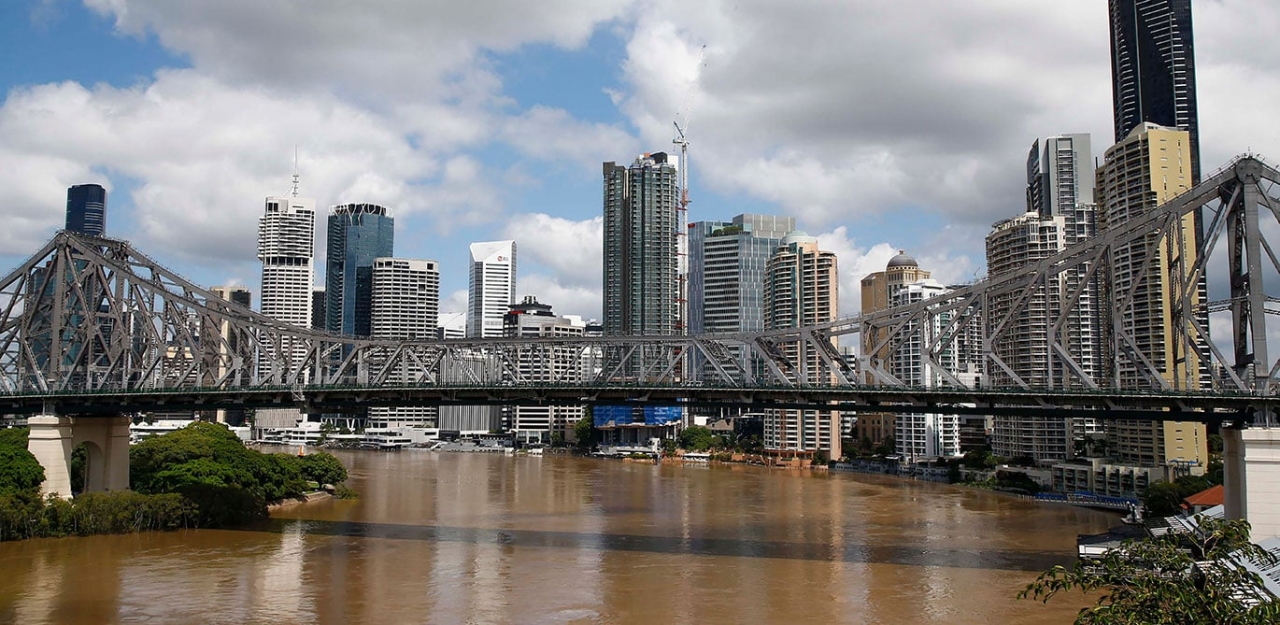
“Climate change is here right now,” says Grant Gabriel, an associate water engineer with WSP in Australia, and manager of its water and wastewater partnership with City of Gold Coast. “I’ve spent most of my career dealing with droughts and floods and it is only getting worse. Cities — countries — have to work out how they are going to deal with that. The answers will be different for different places.”
Given Australia’s recent experience of heatwaves, lack of rain and rampant wildfires, it is no surprise that drought strategies are a particular focus. “I have twice been asked to analyse the potential for towing an iceberg from the Antarctic to help out with our water supply,” says Gabriel. “And when working for municipal authorities I have had sadly to identify, in times of drought, which industries were going to have to shut down for the duration. You can’t cut off water to people, so you cut off businesses. It’s grim because the damage to confidence in the region, and the cost to the economy, is huge.”
Having dismissed the iceberg option, Australia, like most water-scarce regions, is left with three main supply-side solutions: pumping more groundwater, building dams to create more capacity in reservoirs, or constructing desalination plants.
The limits of groundwater are now much better understood, as is the need to maintain a sustainable balance. Pumping too much from coastal areas, for example, can cause seawater to be drawn into the aquifer so the source becomes briny and useless. Aquifers must be allowed to recharge too — pump beyond a sustainable yield and they can run down, with consequences for local river systems.

Saltwater and sewage
So how do dams and desalination compare? Gabriel says that the capex can be similar, typically starting at around A$300 million (US$206m) for a major piece of infrastructure. “Neither is cheap, but the cost has to be set against the economic destruction you risk by doing nothing.”
Once built, dams are cheap to run, but they are unpopular because of the irrevocable damage to habitats caused by flooding river valleys. In contrast, desalination plants are relatively low-impact structures, but they have a high operating cost due to their energy consumption. It takes 4.2kWh to produce 1,000 litres of water, only enough to meet the daily usage of a handful of households. If the electricity comes from fossil fuels — or monopolizes a limited supply of green energy, thereby forcing others to consume more fossil fuel — then its carbon footprint will also be substantial. Desalination plants can generally only be located close to the coast, and their outflow of very salty water to the marine environment is controversial too.
Gabriel is, however, a fan, pointing out that there are potential solutions to the greatest stumbling blocks. “At one plant, we used an existing wastewater treatment plant’s outfall to sustainably discharge the desalination plant’s brine, virtually for free. The brine outflows are carefully controlled and monitored, to limit adverse impacts to the marine environment, and in one case the marine structures formed an artificial reef now teeming with life. True, they are energy-intensive, but 450MW solar plants are now a reality in Australia.”
Crucially, he adds, you don’t have to run it all the time: “It’s an insurance policy — you turn it on when you need it.”

To have a major infrastructure asset sitting idle most of the time will go against the grain for some, but desalination forms at least part of the water-security strategies for many water-scarce nations. South Africa has built small modular desalination plants along its coast, and Singapore, notably, has invested massively as part of a drive to become water-independent following a dispute with its historical water provider, Malaysia. More than US$1bn has been spent not only on desalination, but on advanced sewage treatment to produce what Singapore calls “NEWater”. Currently this recycled water is mainly used in microchip manufacturing plants which require high-quality water, and also for cooling systems in buildings. But it also helps boost drinking water supplies. During the dry season, it is sent to top up several man-made reservoirs and, following further extensive filtration and disinfection with ultraviolet light, can be sent direct to domestic taps for drinking. “There is a logic to putting sewage treatment and desal-style purification plant together,” explains Gabriel. “Purifying treated sewage consumes about two-thirds less energy than purifying seawater — about 1.5 kWh per 1,000 litres.”
Drinking treated wastewater is something many in the business see as an inevitable, even desirable, development as water-scarce areas struggle to meet their needs. “They have, after all, been doing this in Windhoek, Namibia for 20 years,” says Priya Moodley, senior scientist with WSP Golder in South Africa.

Like those in Singapore, the Windhoek plant uses a multi-stage process involving biological remediation, filtering, treatment with both ozone and ultraviolet light and, finally, chlorination. Again, it is an expensive process, but one which supplies water to 350,000 people. It is unlikely that Windhoek’s economic development in recent decades could have happened without it.
Drinking treated sewage — no matter how extensively treated — is never going to be popular, concedes Moodley’s colleague, water resource scientist Lee Boyd. “We did a feasibility study for Durban, looking at abstracting drinking water from a river which had been supplemented by treated sewage. The public refused to accept it, even in an area that regularly suffers water shortages.”
Nevertheless, there is a dawning realization that sending treated effluent to marine outfall pipes is a waste of a precious resource. “You don’t necessarily have to drink treated water,” Moodley points out. “Mining companies here are increasingly looking at the commercial viability of selling semi-treated water removed from mines for, say, irrigation or to supplement municipal water supplies.”
It is not just about sourcing more water, she says, it is also about how you use the water you’ve got. And as its value — and cost — becomes more keenly appreciated, the reuse trend looks set to spread from water-scarce regions. “We’re even talking about it here in Canada where supply is not generally a problem,” says Michelle Albert, WSP’s vice president of water and wastewater for eastern Canada. “Could we use the water in another way rather than put it in the creek? Irrigation is difficult because of the frozen months, but maybe a portion of treated water could be used for industry?”
In practice, this may not be the most efficient solution when there are other sources of water, she adds. “We did a study looking at treated water reuse for a number of customers — but it would have involved laying new pipes in multiple directions, radiating out from the plant to the users.”
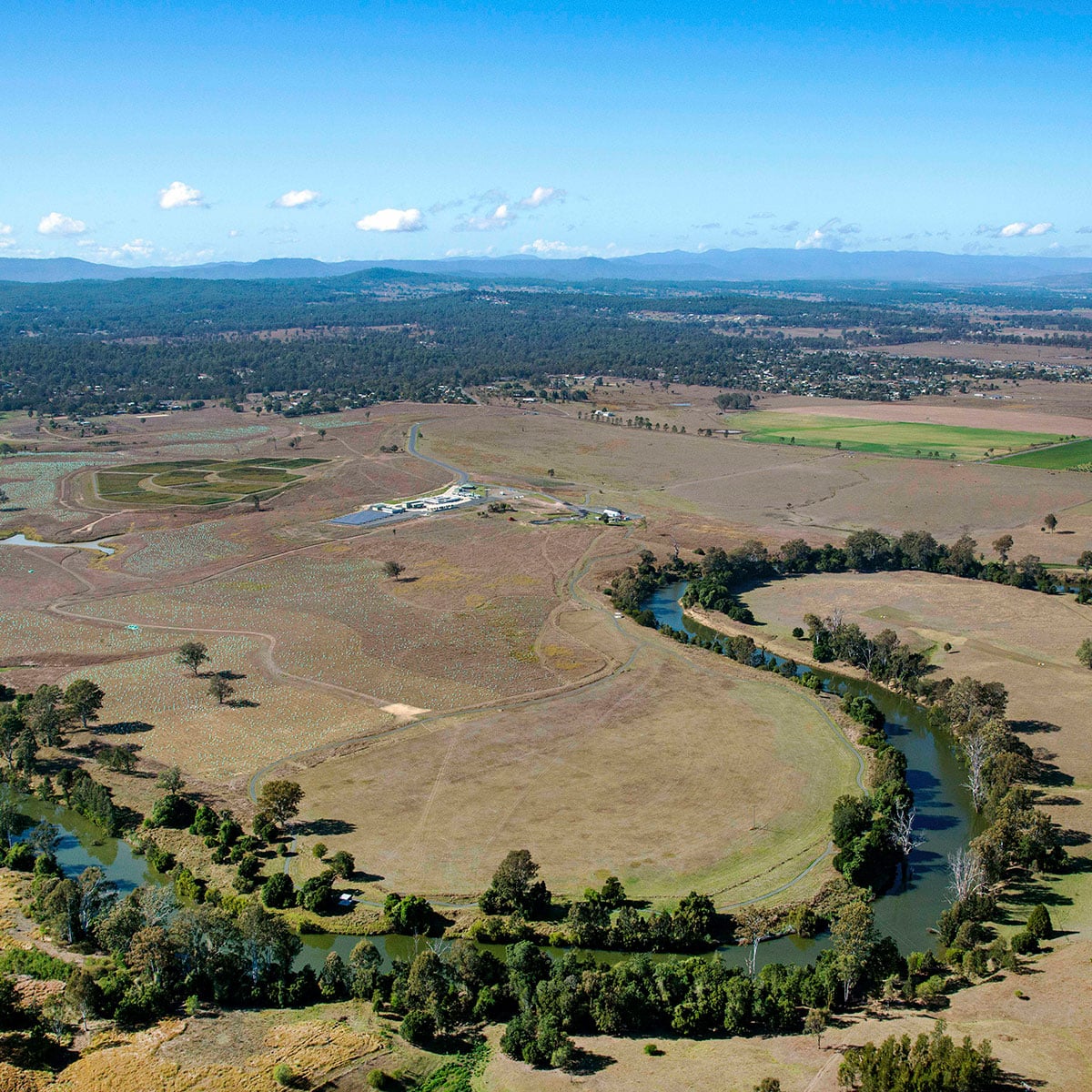
Soft solutions
Dams, desalination and reusing treated water all involve substantial new infrastructure, and they tend to be big-budget, hard-engineered solutions. For this reason, they are coming to be seen as only part of the answer. As Albert puts it: “I don’t like the idea of always building our way out of problems with ever-bigger pipes and tanks. In Canada we waste a lot of water — our per capita usage is huge — and we have leaking pipes. So don’t build a new reservoir, fix the leaky pipes!”
In South Africa, Moodley says, the focus is moving away from new dams and cross-catchment transfer networks to local rainwater-harvesting solutions, especially in rural areas. These might include small community reservoirs, using ponds to supply farms, or installing collection tanks on the roofs of houses, which is already policy in Eastern Cape. “Especially in our rural areas we look at local rainwater harvesting. This can often be very cost-effective, not least because it creates local and individual ownership of the water supply. People use water more carefully if they are involved in its collection.”
Around the world, there is a similar shift in thinking about the problem of too much water. Softer solutions, such as designing more permeable surfaces into cities, can often be a better answer than hard-engineered drainage or flood protection, says Christopher Davidson, a surface water engineer with WSP in Canada.
“Green infrastructure helps to mitigate run-off and reduce flood intensity, and it puts flood control closer to where the rain falls. For example, adding infiltration trenches in residential or other built-up areas enables the ground to absorb heavy rain rather than channelling it into water courses.” This more natural approach has the additional advantage of keeping rainwater cleaner: “Once stormwater hits a paved surface, it can become contaminated with oil, tyre particles and more which then get washed into the nearest river,” he says. “Far better to have the rain diverted into the ground before that happens.”
Crucially, softer engineering tends to be more resilient to future change too: “When you design piped flood drainage, you size it according to the flood risk as you understand it at the time,” explains Davidson. “But with climate change, rainfall is changing its patterns and risks are altering. We do our best to forecast the future, but you might still spend a lot on something that turns out to be inadequate or even over-specified. Green infrastructure gives you a chance to revisit existing developments and reduce flows to avoid expensive future capacity increases.”
This resilience goes for all kinds of water-related infrastructure: “We have been accustomed to the levels of Lake Ontario remaining fairly constant, but a lakeside path was washed away in 2019 when the water rose higher than normal. A hard-engineered, concrete path would be more vulnerable in a variable future — so instead we consider replacement with an inexpensive gravel path that can be cheaply repaired or relocated if necessary. The resilient solution is the one that can roll with the punches.”

Extreme situations
The challenge is to get the right combination of hard and soft water infrastructure — as the inhabitants of “flash flood alley” know to their cost. This swath of Texas stretching from Dallas to San Antonio is the most flood-prone area of the US. It has a range of both hard and soft flood-protection measures, all of which are still regularly overwhelmed.
“Our difficulties begin in the Gulf of Mexico, where storms and hurricanes can form very quickly,” says Alem Gebriel, WSP’s water resources lead in Houston. “Since the 1980s, all new development has had to conform to standards designed to stop an area discharging more water than it receives, which involves measures such as permeable paving, drainage trenches and temporary storage ponds. Even so, the rainfall can be so intense, and the run-off so severe, that we still suffer major floods — like the 2015 Memorial Day flood, the Tax Day flood in 2016, and Hurricane Harvey in 2017.”
The first two of this series of record-breaking events saw 11 inches and 12 inches of rain fall in a matter of hours; during Hurricane Harvey the region was hit by 36-54 inches of rainfall over a few days. Each caused widespread devastation and a number of deaths.
“Due to climate change, floods like these are becoming frequent occurrences,” says Gebriel. “In the immediate aftermath, politicians resolve to act; but memories are short and often little gets done. Really, the only solution to a situation as extreme as ours would be substantial new storm drainage — in effect, a big tunnel capable of removing huge amounts of stormwater very quickly. Tokyo has such a system and it works. It’s expensive, but the cost has to be seen in the context of the hundreds of millions of dollars worth of damage, as well as the intangible costs and the inconvenience to the population.”
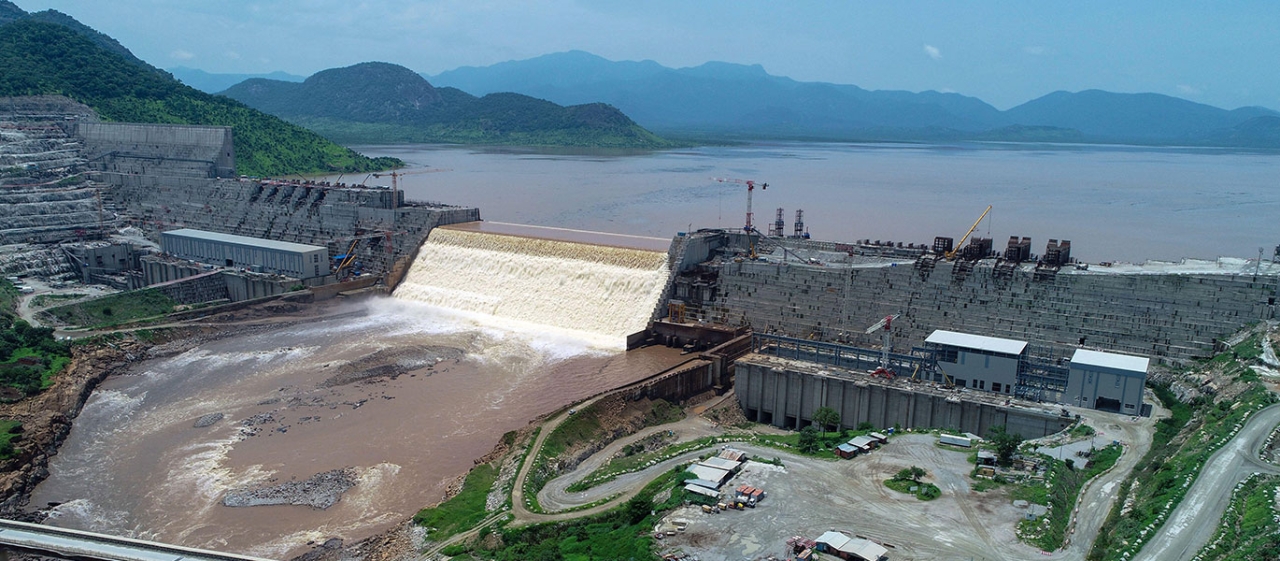
Gebriel has made a study of one of the world’s highest-impact water projects: the Grand Ethiopian Renaissance Dam (GERD), which became operational earlier this year. It is built primarily to produce hydroelectric power, with a planned capacity of 5GW. Currently, 60% of the Ethiopian population does not have access to electricity, relying on wood for cooking. So the dam will bring considerable quality-of-life improvements, as well as reducing deforestation and atmospheric emissions. Construction started in 2011, but it has been mired in controversy for much longer, over the environmental impact on the area of the Blue Nile valley to be flooded, the displacement of inhabitants, and the effect on water supply to Sudan and Egypt downstream.
All are valid concerns, but Gebriel says that from a purely engineering point of view, the dam has brought a surprising range of positives, including flood control. In 2020, Sudan suffered devasting floods as continuous rainfall caused the Blue Nile to reach its highest level in almost a century. “I have modelled the situation and calculated that if the dam had been completed at that time, all that cost and loss of life would have been saved.”
The dam also acts as a filter, he adds, allowing sediment to settle so that irrigation channels downstream do not need to be constantly cleared. Finally, he found that it actually preserves water on a huge scale: “If water were not held in the GERD, a much greater surface area would be exposed at the very hot Aswan Dam downstream in Egypt. Far less evaporates from the cooler, higher altitude GERD — so the net effect is that considerably more freshwater is available for use.”
“I’m not saying the dam should or should not have been built,” says Gebriel. “It is just worth remembering that big-scale engineering can deliver enormous benefits.”
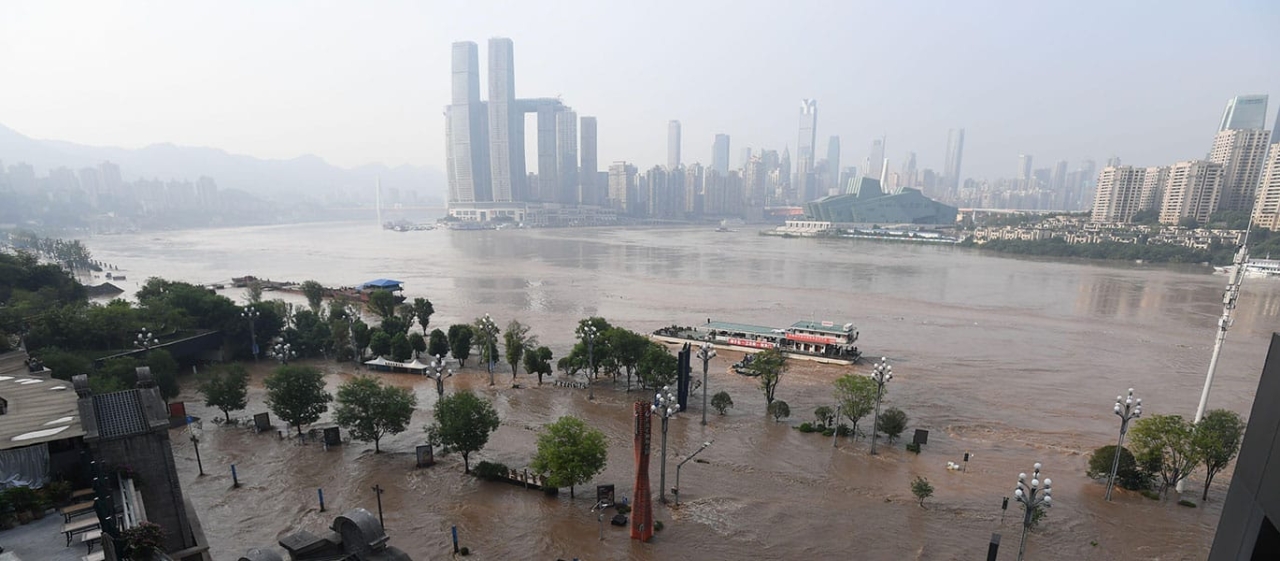
Whether you are dealing with too much rain, or not enough — and climate change means that increasingly you may well be dealing with both — a tailored combination of hard and soft engineering solutions will likely be needed.
As Moodley acknowledges, one reason there is scope for more passive engineering in South Africa is that a good foundation of 20th-century dams and supply infrastructure already exists.
In a more extreme climate, the most resilient way forward may be to accept new limitations on our ability to control water — to strike a balance between channelling it where we want it to go, and making space so it can find its own way. As climate change gathers pace, each region will need to evolve its own formula for securing supplies and surviving floods. A large reservoir helps provide resilience — but so does a small-scale piece of soft engineering that can fail cheaply. As with financial investing, a diverse portfolio often provides the best protection against future shocks.

WSP
WSP
WSP is among the world's largest environmental, engineering, advisory and sustainability consulting firms, with more than 55,000 professionals worldwide. We design lasting solutions in the buildings, transportation, energy, water and environment markets, and develop equitable, ESG-centered strategies that help organizations and communities adapt to changing conditions and become more resilient. Reckon with the past. Innovate for the future. Learn more at wsp.com.
More from WSP

